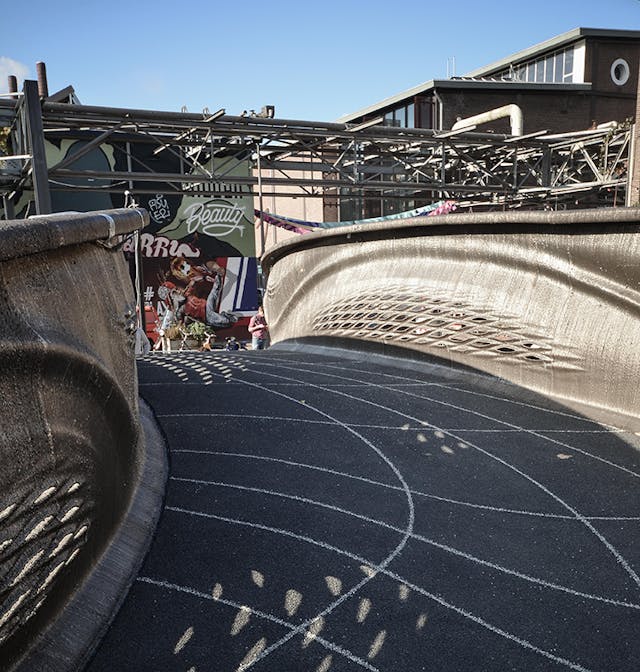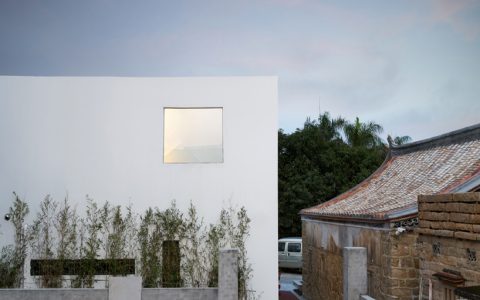The evolution of 3D printed bridges is accelerating, driven by advancements in additive manufacturing, novel materials, and the demands of smart city infrastructure. Key developments shaping the future include:
Integration of Embedded Sensor Systems
Smart bridges will become standard. 3D printing allows sensors for structural health monitoring (SHM) to be embedded seamlessly during fabrication. This enables real-time tracking of:
- Strain and Stress: Continuous load assessment detecting potential overloading.
- Crack Formation & Propagation: Early detection of material degradation.
- Environmental Impact: Monitoring temperature fluctuations, humidity effects, and vibration.
- Traffic Patterns: Integration with IoT networks to analyze usage and optimize maintenance.
This data feeds into city-wide digital twins, enabling predictive maintenance and enhanced public safety.
Advanced Materials & Multi-Material Printing
Moving beyond standard concrete. Future focus is on specialized formulations and combining materials:
- High-Performance Concrete & Geopolymers: Offering enhanced strength, durability, and reduced environmental impact.
- Fiber-Reinforced Composites: Carbon or glass fiber integration for superior tensile strength and lighter structures.
- Multi-Material Printing: Deposition of structural concrete alongside insulating or sensing materials in a single print, improving functionality and integration.
- Self-Healing & Responsive Materials: Exploration of materials that can autonomously repair micro-cracks or adapt to environmental changes.
Generative Design & AI-Driven Optimization
Unlocking previously impossible geometries. Generative algorithms create structurally optimized shapes that minimize material usage while maximizing performance.
- Topology Optimization: AI designs structures using only material where structurally necessary, leading to lighter, more efficient bridges.
- Performance-Driven Forms: Bridges can be uniquely shaped for specific load cases, site constraints, or architectural aspirations without significant cost penalty.
Enhanced Resilience & Adaptability
Tailoring for climate change and urban challenges. 3D printing facilitates bridges designed for specific local conditions:
- Extreme Weather Resistance: Formulations resistant to freeze-thaw cycles, corrosion, or seismic activity.
- Rapid On-Site Construction: Faster deployment for disaster relief bridges or urgent infrastructure repairs using mobile printers.
- Adaptive Infrastructure: Potential for modular, easily upgradable designs to accommodate changing urban needs.
Sustainability Focus & Circularity
Reducing the carbon footprint. Key strategies include:
- Material Minimization: Optimized designs drastically cut concrete volumes compared to casting.
- Localized Production: Printing on-site or near-site using local materials reduces transport emissions.
- Recycled Aggregates & Low-Carbon Binders: Increased use of industrial by-products and alternative binders (like geopolymers).
- Easier Recycling: Demountable printed components potentially offer easier recycling pathways.
Broader Applications & Scaling
Beyond footbridges to core infrastructure. Future developments will target:

- Larger Span Structures: Scaling up technology for vehicular and potentially light rail bridges.
- Integrated Urban Elements: Printing bridges combined with utility conduits, noise barriers, or renewable energy elements (e.g., integrated solar panels).
- Stricter Certification & Standardization: Development of comprehensive codes and standards to enable wider adoption for critical infrastructure.
The future of 3D printed bridges lies in their evolution from novel prototypes into intelligent, sustainable, and highly optimized components of resilient, data-driven smart city ecosystems. The seamless integration of sensing, computational design, and advanced materials will unlock unprecedented levels of efficiency, safety, and adaptability.







